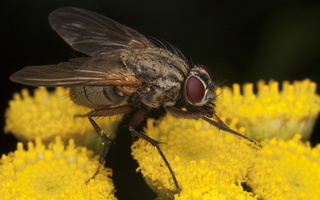- sort orderDefault
Photo title, A → Z
Photo title, Z → A
✔ Date created, new → old
Date created, old → new
Date posted, new → old
Date posted, old → new
Visits, high → low
Random - Google Map
- map
 home / Insecta · vabzdžiai / Diptera · dvisparniai / Muscidae · tikramusės / Phaonia angelicae · tikramusė
home / Insecta · vabzdžiai / Diptera · dvisparniai / Muscidae · tikramusės / Phaonia angelicae · tikramusė

-
 Phaonia angelicae female · tikramusė ♀
Phaonia angelicae female · tikramusė ♀
-
 Phaonia angelicae female · tikramusė ♀
Phaonia angelicae female · tikramusė ♀
-
 Phaonia angelicae female · tikramusė ♀
Phaonia angelicae female · tikramusė ♀
-
 Phaonia angelicae female · tikramusė ♀
Phaonia angelicae female · tikramusė ♀
-
 Phaonia angelicae female · tikramusė ♀
Phaonia angelicae female · tikramusė ♀
-
 Phaonia angelicae · tikramusė
Phaonia angelicae · tikramusė
-
 Phaonia angelicae male · tikramusė ♂
Phaonia angelicae male · tikramusė ♂
-
 Phaonia angelicae female · tikramusė ♀
Phaonia angelicae female · tikramusė ♀
Phaonia angelicae · tikramusė
- Yellow-winged Bristleshin
- naturespot.org.uk/species/phaonia-angelicae
- flickr.com/photos/63075200@N07/albums/72157720116151313/
A medium-large (body length 7.5-10 mm), robustly built Phaonia with a densely dusted grey/beige body, orange legs (except the darker tarsi) and wings that have conspicuously yellow bases and no hint of clouded cross veins. When the head is viewed in profile with the back of the head vertical, the lower mouth edge projects somewhat beyond the front of the frons, as in the dark-legged P. incana. The thoracic dorsum has alternating dark and pale stripes in front of the suture. The abdomen lacks obvious shifting markings but a dark median stripe appears when the abdomen is viewed from behind, this stripe turning much paler when viewed from the front. The antennae are dark with a long-plumose arista. The thorax has four pairs of postsutural dorsocentrals and no strong presutural acrostichals. In both sexes, a second posterodorsal bristle is present on the hind tibiae near the base. The male frons is very narrow with the eye orbts touching whilst the female frons is about one-third the head width. The male eyes are densely long-haired, the females eyes less so.
P. angelicae is a widespread and common species typically encountered in humid woods and the lush vegetation of meadows and wetlands. It can occur from sea level to submontane zones. The larvae develop as predators in the upper layers of soil. Adults fly from May to October and can be conspicuous on flowers, especially those of umbellifers (e.g. Hogweed and Angelica), composites (e.g. thistles and ragworts) and scabiouses.